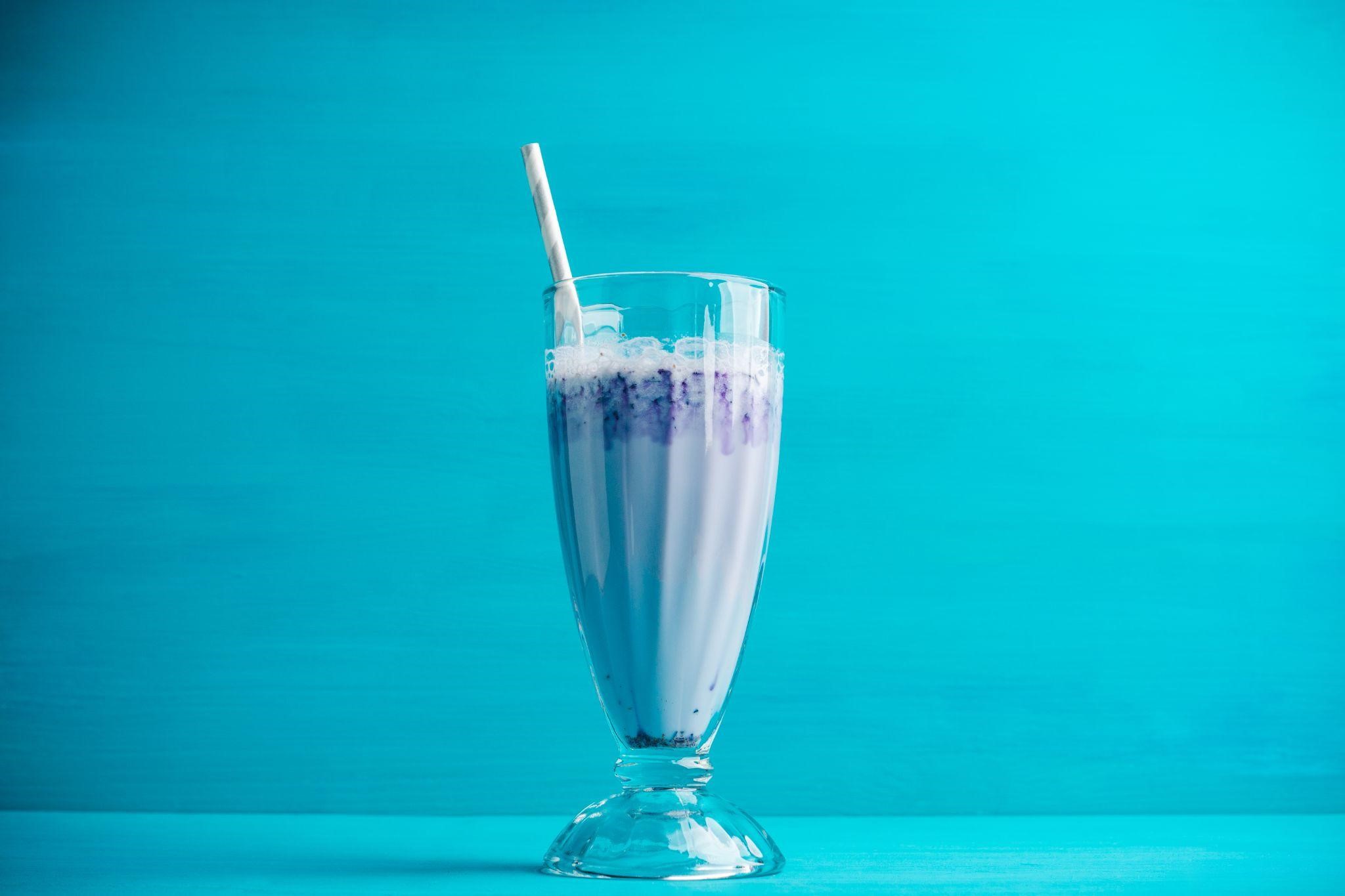How to Get More Blue in Your Rainbow Diet
Most of us are now aware that an unhealthy diet of fried food, processed meats, and sugary foods can cause inflammation and disease and may even increase the risk of cancer. To get the best nutrients without compromising your health, a plant-based diet that contains an array of colours is recommended. We can get beta carotene from orange foods like butternut squash and carrots, lycopene from red foods like tomatoes and watermelon, and anthocyanin from purple foods like aubergine and blackberries. All these colours provide us with phytochemicals that relieve oxidative stress. But how can we get more blue foods in our diet?
Blue foods
Blue foods are difficult to find in nature because the pigment that makes blue anthocyanins is not chemically stable and must change slightly to become dominant. For example, blueberries contain purple anthocyanin rather than blue. Blue anthocyanins are often found in flowers, fruits, and tubers.
Damsons
Blue plums, or damsons, contain vitamins A, C, and E and are high in fibre. They can be made into jams and spread on toast or stirred into porridge or bought as dried prunes and eaten as a snack.
Blue oyster mushrooms
A type of fungi with a firm texture and sweet flavour, blue oyster mushrooms contain vitamins B, C, and D. They can be fried, boiled, or roasted and stirred into risotto, casseroles, or soups. They may be difficult to find at your local supermarket but can be found online in dried form.
Blue sweetcorn
Often found online or in health food stores, blue sweetcorn contains 20% more protein than white sweetcorn. This vegetable was developed by the Native American Hopi tribe and is often eaten in Southwest America and in Mexico.
Blue pansies
Blue pansies provide anti-inflammatory and antioxidant benefits and have a mild, minty flavour. They can sometimes be found in the fruit and vegetable section of the supermarket and can be sprinkled onto salads or desserts. They can also be bought in candied form and used to decorate cakes.
Blue tea
Blue tea is made from butterfly pea flowers and tastes a lot like chamomile tea. This slightly sweet, floral drink makes a great herbal tea that is caffeine-free. Drinking blue tea is thought to be able to help with blood sugar control, weight loss, and stress relief.
Blue spirulina
Blue spirulina is a nutrient-dense food that comes from algae. It contains vitamins A, B, and E, is rich in protein, and provides anti-inflammatory and antioxidant effects. Blue spirulina is also a great source of iron and helps you to create more red blood cells, which transport the oxygen from your lungs to your tissue. Found in powder or capsule form in most health food shops, blue spirulina is also the key ingredient in spirulina drinks from Ful.
What does blue spirulina taste like?
Since spirulina is obtained from algae, it’s probably not a surprise that it tastes a lot like seaweed. Some people are able to tolerate the flavour, while others find the sulphur-like taste unpleasant. Here are some tips on how to use spirulina so that you can enjoy the benefits without sacrificing flavour.
Spirulina powder
Adding two teaspoons of spirulina powder to your favourite smoothie is probably one of the easiest ways to take this blue nutrient. Another tasty treat is superfood cookies, where 1-2 teaspoons of spirulina powder are mixed in with your usual dry ingredients, creating a green dough.
Alternatively, you can make a simple salad dressing using 1 part spirulina to 1 part olive oil and vinegar. If you enjoy this vinaigrette, then take things one step further by making your own guacamole using avocados and sprinkling in some spirulina with your other spices.
Spirulina capsules
The great thing about spirulina capsules is that they are fuss-free, with no need to throw together any ingredients to disguise the taste. You can get an exact dose of this blue superfood each time and simply take your capsules with water.
Spirulina drinks
Spirulina powder usually contains a single component – the protein pigment phycocyanin. A spirulina drink, however, contains a more complex nutritional profile that includes chlorophyll, which means that you get twice the benefits. Chlorophyll is the green pigment that is created by plants through photosynthesis and it is linked to reports of weight loss, the neutralisation of toxins, reduced inflammation, and better skin. One of the other benefits of drinking chlorophyll is that it is absorbed more easily into your body.
Are there any dangers to taking spirulina?
Blue spirulina is usually considered safe, but some minor side effects have been reported, such as headaches, nausea, and insomnia. To minimise the risks, speak with a doctor before adding this supplement to your diet, particularly if you have a preexisting health condition. Never use spirulina as a meal replacement and stick to the recommended dose.
Furthermore, as wild algae may harbour toxins, such as bacteria or heavy metals, that pose a risk to the liver, make sure that you only purchase spirulina from a trusted brand that will ensure that the algae have been grown in a controlled environment and that the product has been tested by an independent organisation.
Final thoughts
There is no doubt that blue foods provide many benefits to our health, but since they are harder to find in nature, spirulina is a versatile supplement that can boost the variety of colours in your rainbow diet. However, to maximise your nutritional intake, be sure to eat a range of fruit and vegetables of all colours.

